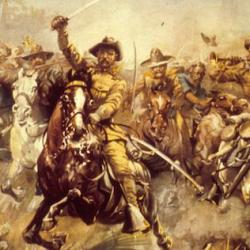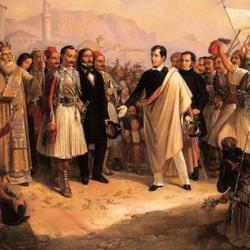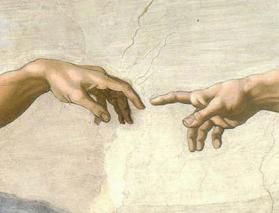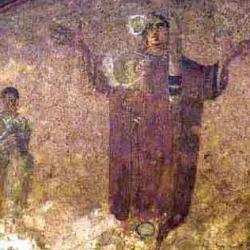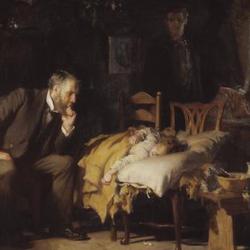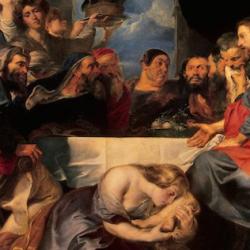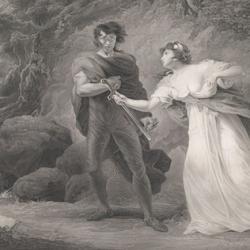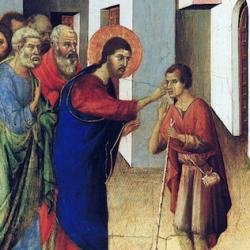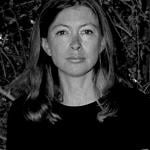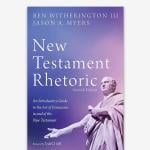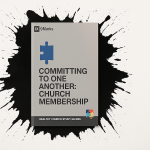In a 1975 article in the wonderfully-named journal Palimpsest, Richard H. Thomas traced the movement “from porch to patio,” showing how the change in domestic architecture both reflected and reinforced changes in social structure. The porch, he points out, facilitated conversation between the inhabitants of a house, their neighbours and other passers-by: “It was important to know one’s neighbours and to be known by them. The porch was a platform from which to observe the activities of others. It also... Read more


